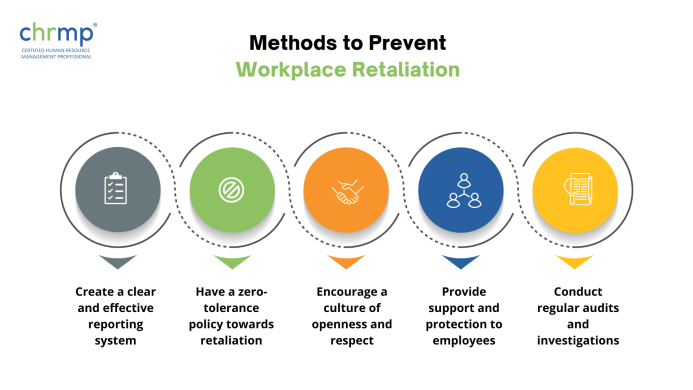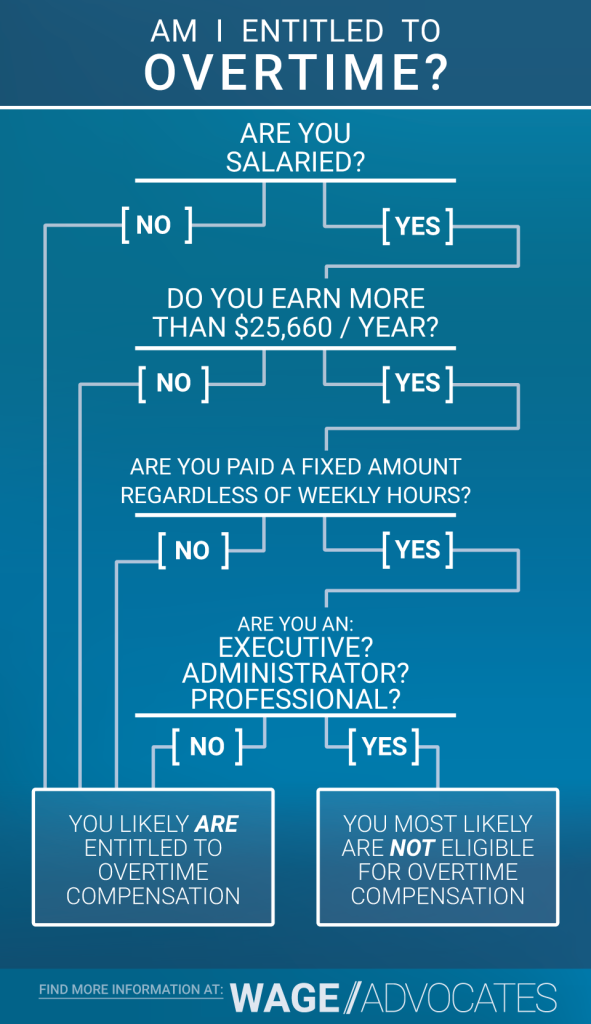
Unlock Hiring Success: Effective Recruitment Metrics to Track for Smarter Decisions
In the world of talent acquisition, "gut feelings" can only get you so far. Imagine trying to navigate a ship without a compass, or build a house without a blueprint. That’s what recruitment can feel like without effective metrics.
Recruitment metrics are simply data points that help you measure the efficiency, effectiveness, and impact of your hiring process. They transform the often-subjective world of hiring into a data-driven science, allowing you to make smarter decisions, prove your value, and continuously improve how you find and attract top talent.
If you’re new to the world of HR analytics or just looking to sharpen your recruitment strategy, this comprehensive guide is for you. We’ll break down the most crucial recruitment metrics, explain why they matter, and show you how to start tracking them – all in easy-to-understand language.
Why Tracking Recruitment Metrics is Absolutely Essential
Before we dive into the "what," let’s understand the "why." Why should you bother tracking these numbers?
- Boost Efficiency: Identify bottlenecks in your hiring process. Are interviews taking too long? Is a particular stage causing delays? Metrics pinpoint where you can speed things up.
- Cut Costs: Understand where your recruitment budget is truly going and whether it’s delivering value. Are expensive job boards paying off? Metrics help you optimize spending.
- Improve Quality of Hire: Ultimately, you want to hire the best people. Metrics help you understand which sources and processes lead to your top performers and long-term employees.
- Make Data-Driven Decisions: Stop guessing! Metrics provide concrete evidence to support your strategies, allowing you to allocate resources effectively and convince stakeholders.
- Demonstrate ROI (Return on Investment): Show your company leaders the tangible value that your recruitment efforts bring. Prove that HR isn’t just a cost center, but a strategic asset.
- Enhance Candidate Experience: By understanding where candidates drop off or express dissatisfaction, you can refine your process to be more candidate-friendly, boosting your employer brand.
- Benchmark & Set Goals: Compare your performance against industry standards or your past performance. This helps you set realistic goals and strive for continuous improvement.
In short, recruitment metrics empower you to move from reactive hiring to proactive, strategic talent acquisition.
The Most Effective Recruitment Metrics to Track (Your Essential Toolkit)
Let’s explore the key metrics that every HR professional and recruiter should be familiar with. We’ll explain what each metric is, how to calculate it (simply!), and why it matters.
1. Time to Hire (or Time to Accept)
- What it is: This metric measures the number of days from when a candidate accepts an offer to when they first applied (or were first sourced). It focuses on the candidate’s journey from their perspective.
- How to Calculate: Count the number of calendar days between the date a candidate applied/was sourced and the date they accepted the job offer.
- Why it Matters:
- Candidate Experience: A long "time to hire" can frustrate candidates, leading them to accept offers elsewhere.
- Talent Loss: Top talent is often in high demand and won’t wait around. A faster process means you’re more likely to secure desired candidates.
- Operational Efficiency: Highlights inefficiencies in your process (e.g., slow interview scheduling, delayed feedback).
- What to Look For: Shorter times are generally better, especially for in-demand roles. If your time to hire is consistently high, investigate which stages are causing delays.
2. Time to Fill
- What it is: This metric measures the number of days from when a job requisition is opened (approved to hire) to when a candidate accepts the offer. It focuses on the company’s internal process to fill a vacancy.
- How to Calculate: Count the number of calendar days between the date a job requisition was opened and the date the offer was accepted.
- Why it Matters:
- Business Impact: Every day a role remains unfilled can mean lost productivity, missed opportunities, or increased workload for existing staff.
- Resource Planning: Helps management understand how long it typically takes to fill roles, aiding in workforce planning.
- Recruiter Workload: Can indicate if recruiters are overloaded or if the hiring process is bogged down by internal approvals.
- What to Look For: A high time to fill might suggest issues with job description clarity, sourcing effectiveness, hiring manager responsiveness, or overall process complexity.
3. Cost Per Hire
- What it is: This metric calculates the total amount of money spent to fill a single position. It’s a key indicator of your recruitment budget’s efficiency.
- How to Calculate:
- Total Recruitment Costs: Add up all internal and external expenses for a given period (e.g., a quarter or year).
- Internal Costs: Recruiter salaries, benefits, office space, technology (ATS).
- External Costs: Job board fees, advertising, background checks, agency fees, relocation, referral bonuses, career fair costs.
- Number of Hires: Count the total number of hires made during that same period.
- Formula: (Total Recruitment Costs) / (Number of Hires)
- Total Recruitment Costs: Add up all internal and external expenses for a given period (e.g., a quarter or year).
- Why it Matters:
- Budget Management: Helps you understand if your spending is sustainable and where you can potentially cut costs without sacrificing quality.
- ROI of Recruitment: Allows you to justify your recruitment budget and show its direct financial impact.
- Source Effectiveness: When combined with "Source of Hire," it shows which sources deliver hires most cost-effectively.
- What to Look For: High cost per hire might indicate over-reliance on expensive agencies, ineffective advertising, or a long time to fill (as recruiter salaries continue).
4. Quality of Hire
- What it is: Arguably the most important recruitment metric, Quality of Hire measures the value a new hire brings to the organization. It’s often subjective and can be challenging to measure accurately.
- How to Calculate (Multi-faceted approach is best): There’s no single perfect formula, but here are common components:
- New Hire Performance Reviews: Compare early performance review scores (e.g., after 3, 6, or 12 months) against company benchmarks.
- First-Year Retention Rate: Did the new hire stay beyond their first year? (See below).
- Hiring Manager Satisfaction: Survey the hiring manager on how satisfied they are with the new hire’s performance, cultural fit, and ramp-up time.
- Ramp-up Time: How quickly did the new hire become fully productive?
- Impact on Team/Goals: Did the new hire contribute positively to team dynamics and achieve initial goals?
- Why it Matters:
- Direct Business Impact: High-quality hires drive productivity, innovation, and ultimately, profitability.
- Recruitment Effectiveness: Shows whether your hiring process is truly identifying and attracting the right talent, not just filling seats.
- Strategic Alignment: Ensures your recruitment efforts align with the company’s long-term goals.
- What to Look For: Look for trends in performance, retention, and manager feedback. If quality of hire is low, you might need to re-evaluate your sourcing, screening, or interview processes.
5. Source of Hire
- What it is: This metric identifies where your successful hires are coming from (e.g., LinkedIn, indeed, company career page, employee referrals, recruiting agencies, university fairs).
- How to Calculate: Simply track the original source indicated by each candidate who is eventually hired. Most Applicant Tracking Systems (ATS) can do this automatically.
- Why it Matters:
- Optimize Spending: Helps you allocate your recruitment budget more effectively by investing in sources that yield the best candidates.
- Strategic Sourcing: Focus your efforts on the channels that consistently deliver high-quality, relevant applicants.
- Identify Best Channels: Discover which sources bring in candidates that not only get hired but also perform well and stay with the company (when combined with Quality of Hire).
- What to Look For: Identify your top 2-3 most effective sources. Also, look at sources that bring in a lot of applications but few hires – these might be wasting your time and money.
6. Offer Acceptance Rate
- What it is: This metric measures the percentage of job offers extended that are accepted by candidates.
- How to Calculate: (Number of Offers Accepted) / (Number of Offers Extended) x 100
- Why it Matters:
- Candidate Attractiveness: A low acceptance rate could indicate issues with your compensation package, benefits, company culture, or the candidate’s perception of the role/company.
- Competitiveness: Shows how competitive your offers are compared to the market.
- Recruitment Efficiency: Frequent offer rejections mean more time and resources spent re-engaging with candidates or restarting the search.
- What to Look For: A consistently low offer acceptance rate (e.g., below 80-85% for most industries) is a red flag. Investigate common reasons for rejection: compensation, benefits, work-life balance, perceived growth opportunities, or even the hiring manager’s interview style.
7. Candidate Experience Score (e.g., NPS for Candidates)
- What it is: This metric gauges how candidates perceive their journey through your recruitment process, regardless of whether they get hired. A common way to measure this is using a Net Promoter Score (NPS) style survey.
- How to Calculate (NPS Example): Ask candidates one question: "On a scale of 0-10, how likely are you to recommend [Company Name] as an employer to a friend or colleague?"
- Promoters (9-10): Enthusiastic candidates.
- Passives (7-8): Satisfied but unenthusiastic.
- Detractors (0-6): Unhappy candidates.
- Formula: (% Promoters) – (% Detractors)
- Why it Matters:
- Employer Brand: A positive candidate experience builds a strong employer brand, attracting more talent in the future.
- Word-of-Mouth: Happy candidates (even rejected ones) are more likely to speak positively about your company. Unhappy ones can spread negative reviews.
- Future Applicants: Candidates with good experiences are more likely to re-apply for future roles or refer others.
- What to Look For: A low or negative NPS score indicates significant issues in your process. Look at feedback from detractors to pinpoint specific pain points (e.g., lack of communication, slow process, disrespectful interviews).
8. First-Year Retention Rate (of New Hires)
- What it is: This metric tracks the percentage of new hires who are still employed with your company after their first year. It’s a strong indicator of the long-term success of your hiring.
- How to Calculate: (Number of New Hires Remaining After 1 Year) / (Total Number of New Hires in that Period) x 100
- Why it Matters:
- Quality of Hire Validation: If new hires aren’t sticking around, it indicates a mismatch during the hiring process (e.g., poor cultural fit, unrealistic job expectations).
- Cost Implications: High turnover of new hires is incredibly expensive due to repeated recruitment costs, lost productivity, and impact on team morale.
- Onboarding Effectiveness: Can highlight issues with your onboarding program if new hires feel unsupported or overwhelmed.
- What to Look For: A low first-year retention rate suggests problems with your sourcing, screening, realistic job previews, or onboarding. Dive deeper into why employees are leaving.
9. Hiring Manager Satisfaction
- What it is: This metric measures how satisfied your internal clients (the hiring managers) are with the recruitment service they receive from the HR/recruitment team.
- How to Calculate: Conduct regular surveys with hiring managers after a hire is made. Ask questions about the speed of the process, quality of candidates presented, communication, and overall support. Use a rating scale (e.g., 1-5 or 1-10).
- Why it Matters:
- Internal Partnership: Strong relationships with hiring managers lead to better collaboration and faster, more effective hiring.
- Process Improvement: Managers can provide valuable feedback on where the recruitment process is succeeding or failing from their perspective.
- Recruitment Team Performance: A low score might indicate that the recruitment team needs more resources, training, or clearer communication protocols.
- What to Look For: Consistent low scores from particular managers might indicate specific issues, while overall low scores point to systemic problems.
10. Diversity Metrics
- What it is: These metrics track the demographic composition of your applicant pool, interview stages, and new hires (e.g., gender, ethnicity, age, disability status, veteran status).
- How to Calculate: Track self-identified demographic data at various stages of the hiring funnel.
- Application-to-Hire Diversity: Percentage of diverse candidates at each stage of the funnel (applicant, interview, offer, hire).
- Representation by Department/Level: Percentage of diverse employees in different teams or leadership roles.
- Why it Matters:
- Fairness & Equity: Ensures your recruitment process is equitable and doesn’t inadvertently exclude certain groups.
- Innovation & Performance: Diverse teams are proven to be more innovative, productive, and adaptable.
- Employer Brand: Companies committed to diversity and inclusion are more attractive to a wider talent pool.
- Compliance: Helps ensure compliance with equal opportunity regulations.
- What to Look For: Look for "leaks" in your diversity pipeline. If you have a diverse applicant pool but a less diverse group of hires, investigate biases in screening, interviewing, or decision-making.
Beyond the Numbers: Context and Action
Tracking metrics is only half the battle. The real power comes from understanding what the numbers mean and acting on those insights.
- Benchmarking: Compare your metrics against industry averages or your own historical data. Are you getting better or worse?
- Trend Analysis: Don’t just look at a single month’s data. Look for trends over quarters or years. Are your improvements sustainable?
- Connect the Dots: Rarely does one metric tell the whole story. For example, a low "Time to Hire" might seem good, but if it’s coupled with a low "Quality of Hire" or "First-Year Retention," it means you’re hiring fast but perhaps not well.
- Share Insights: Communicate your findings to hiring managers, leadership, and your recruitment team. Explain what the data means and why it matters.
- Iterate and Improve: Use the insights to identify problems, brainstorm solutions, implement changes, and then measure again to see if your changes had the desired effect. Recruitment is an ongoing process of refinement.
Getting Started with Recruitment Metrics (Don’t Get Overwhelmed!)
If this all feels like a lot, remember that you don’t have to track everything at once. Start small and build up.
- Start with the Basics: Begin with 3-5 core metrics that are easiest to track and provide immediate value, such as:
- Time to Fill
- Cost Per Hire
- Source of Hire
- Offer Acceptance Rate
- Quality of Hire (even if it’s just initial hiring manager feedback)
- Utilize Your ATS: Most Applicant Tracking Systems (ATS) have built-in reporting features that can automatically track many of these metrics. Learn how to use them!
- Spreadsheets are Your Friend: If you don’t have an ATS, a simple spreadsheet can be a powerful tool to manually track start dates, application dates, offer dates, and sources.
- Define Your Data Points: Ensure everyone on your team understands how each metric is defined and calculated to maintain consistency.
- Be Patient: It takes time to collect enough data to see meaningful trends. Don’t expect immediate revelations.
Conclusion: Your Compass for Hiring Success
Recruitment metrics are not just numbers; they are the compass that guides your talent acquisition strategy. By systematically tracking, analyzing, and acting upon these key indicators, you’ll gain invaluable insights into your hiring process. You’ll move beyond assumptions, identify what’s working (and what’s not), optimize your spending, and ultimately, build stronger, more effective teams.
Embrace the power of data, and transform your recruitment function from a cost center into a strategic engine that drives your organization’s success. Start tracking today – your future hires (and your bottom line) will thank you!




Post Comment